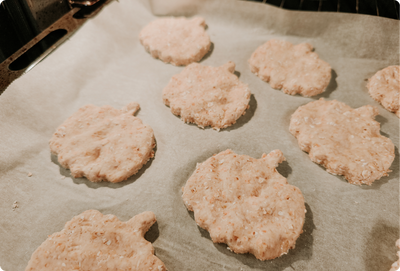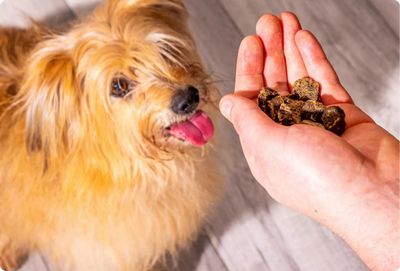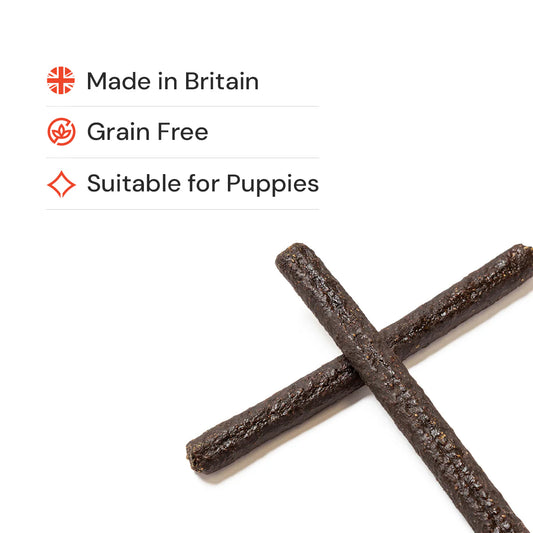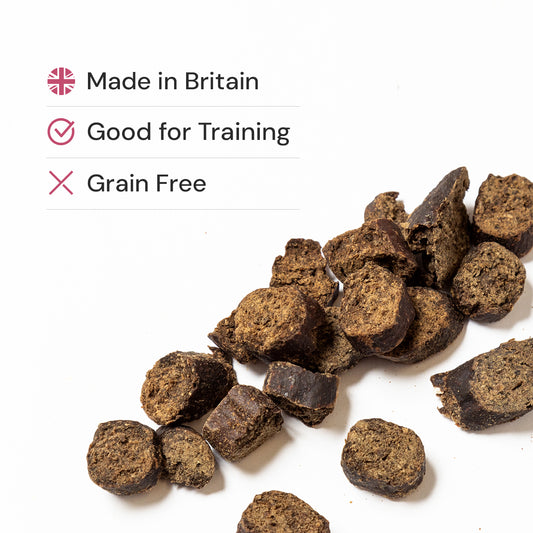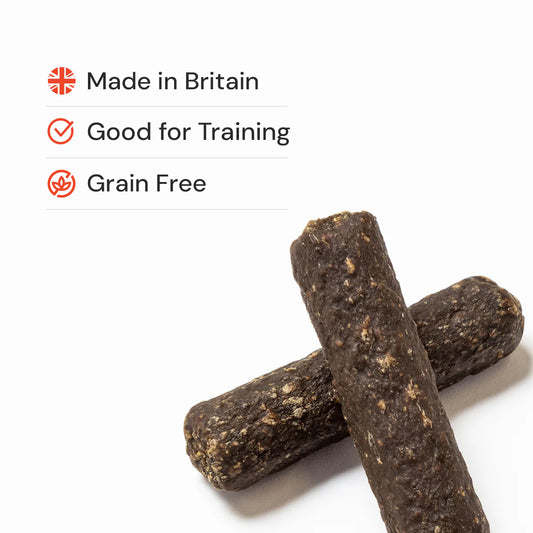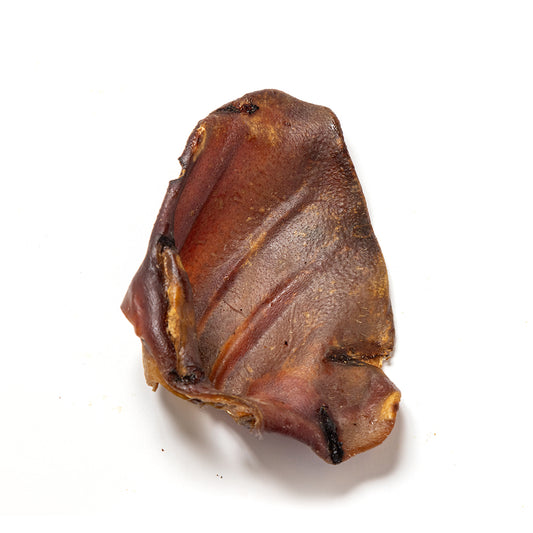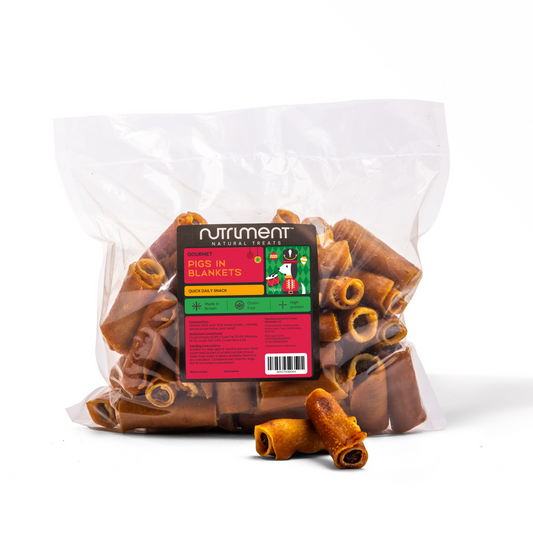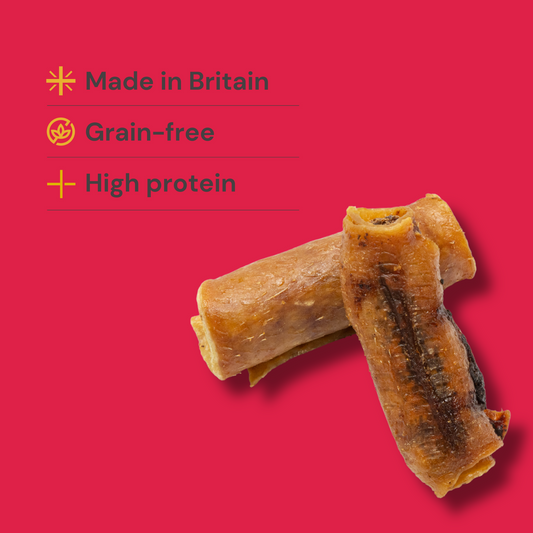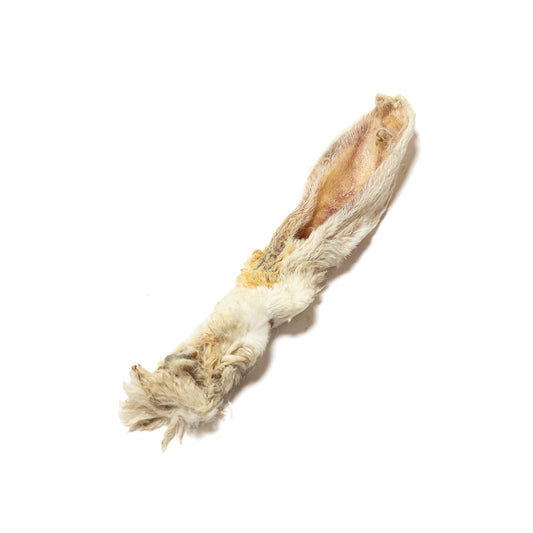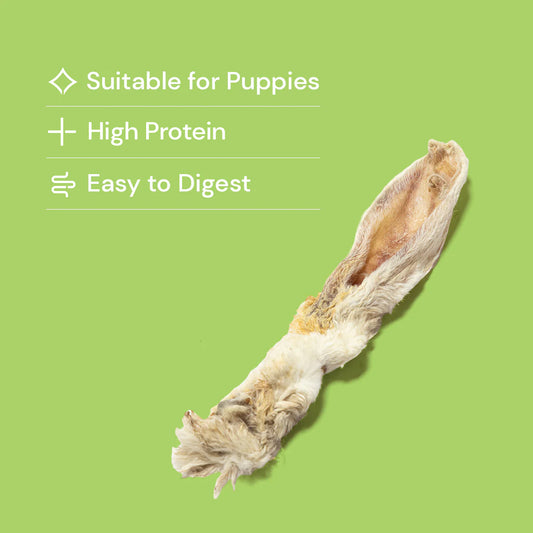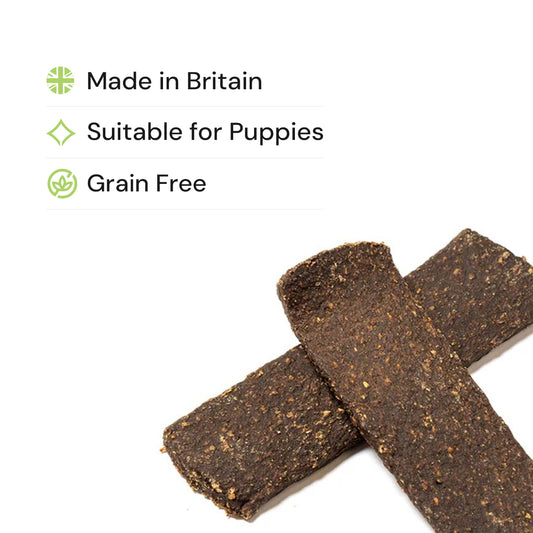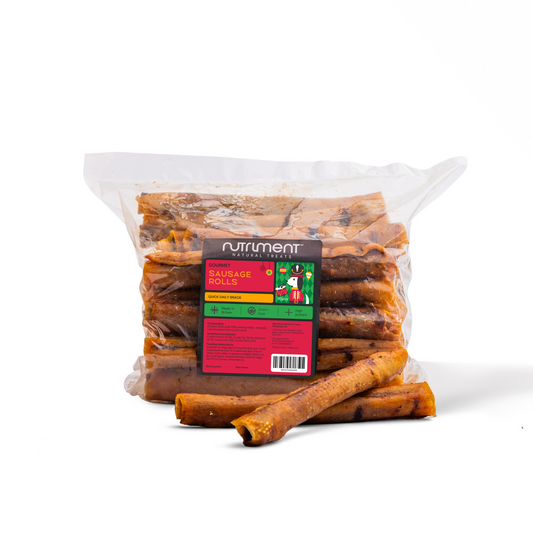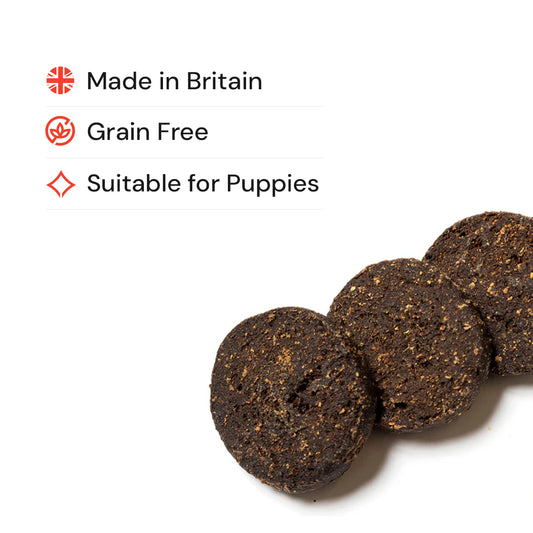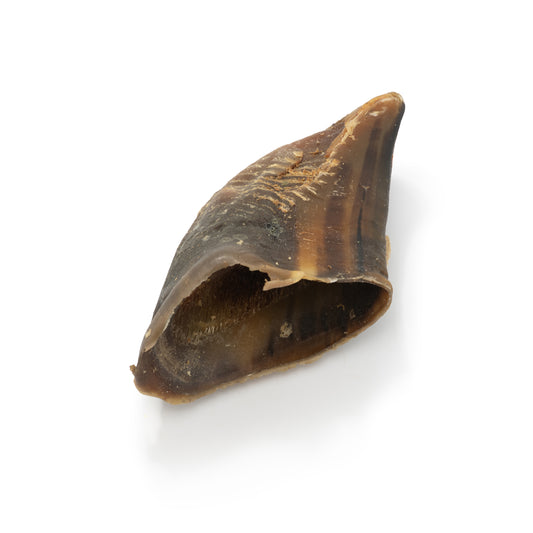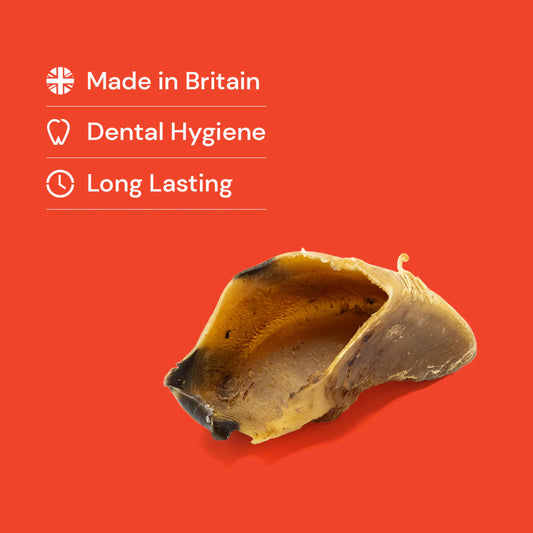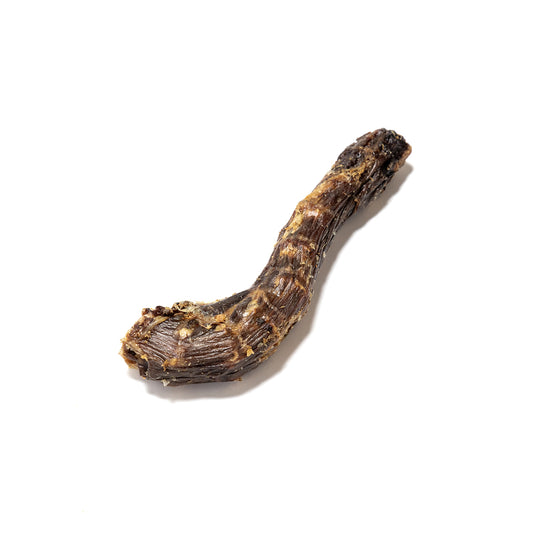
As temperatures soar during the summer months, our canine companions become especially vulnerable to the effects of heat and dehydration. Just like humans, dogs rely on proper hydration to maintain their health, energy levels, and overall well-being. Yet, many pet owners underestimate how quickly dogs can become dehydrated in the summer sun, especially during outdoor activities like walking and playing.
In this post, we’ll explore the importance of keeping your dog hydrated, recognize the signs of dehydration, and offer practical tips to ensure your pup stays cool and comfortable. We’ll also discuss how nutrient-rich options like bone broth—with its powerful collagen content—can provide both hydration and health benefits that go beyond just quenching your dog’s thirst.
Photo by Liesbet Delvoye on Unsplash
Why Hydration is Crucial for Dogs in Summer
Dogs regulate their body temperature primarily through panting and a limited number of sweat glands located in their paw pads. Unlike humans, who sweat over much of their bodies to cool down, dogs are less efficient at heat regulation. This makes them more susceptible to overheating and dehydration, especially in hot and humid conditions.
Water is essential for almost every function in a dog’s body. It aids in digestion, lubricates joints, cushions organs, regulates body temperature, and helps eliminate toxins. When a dog is dehydrated, these functions are impaired, leading to potentially serious health issues such as heatstroke, kidney failure, and electrolyte imbalances.
Recognising the Signs of Dehydration in Dogs
One of the most important steps in protecting your dog from the dangers of dehydration is knowing what signs to watch for. Dehydration can develop quickly, particularly during strenuous activity or prolonged sun exposure. Common signs of dehydration in dogs include:
-
Excessive panting
-
Dry or sticky gums
-
Loss of skin elasticity (try gently pulling up the skin between the shoulders—if it doesn’t snap back quickly, your dog may be dehydrated)
-
Lethargy or weakness
-
Sunken eyes
-
Dark yellow urine or decreased urination
If you suspect your dog is dehydrated, move them to a cool, shaded area and offer water immediately. Severe dehydration may require veterinary attention.
Photo by Rafael Ishkhanyan on Unsplash
How Much Water Does Your Dog Need?
While individual needs vary based on size, breed, activity level, and diet, a general guideline is that dogs should drink about 50ml per kg of body weight, per day. So, a 20kg dog should consume roughly 1L of water daily under normal conditions.
In hot weather or after exercise, your dog may need significantly more. Active dogs, puppies, lactating females, and seniors also tend to require extra hydration.
Tips for Keeping Your Dog Hydrated in Hot Weather
1. Always Provide Access to Fresh Water
Make sure your dog has access to clean, cool water at all times—both indoors and outdoors. Refill water bowls frequently, and keep them shaded to prevent the water from becoming too warm.
2. Bring Water on Walks and Outings
When taking your dog for walks or days, carry portable water bottles and collapsible bowls. Offer water regularly, even if your dog doesn’t appear thirsty.
3. Incorporate Moisture-Rich Foods
Dry food diets can contribute to lower moisture intake. Consider supplementing with wet food, fresh veggies, or hydrating broths.
4. Use Ice Cubes and Frozen Treats
Add ice cubes to water bowls or freeze dog-safe treats in water or broth. Frozen dog popsicles made with yogurt, fruit, or broth are a fun, cooling snack on hot days.
5. Create Shaded, Cool Spaces
Limit outdoor time during peak heat hours, provide shaded areas and cooling mats, or bring your dog indoors if it’s too hot outside.
6. Monitor Activity Levels
Avoid overexertion in high heat. Shorten walks, take frequent breaks, and avoid walking on hot pavement that can burn paws.
Photo by Aldo Houtkamp on Unsplash
The Hydration and Health Benefits of Bone Broth
One effective—and delicious—way to keep your dog hydrated is by offering bone broth. Bone broth is made by simmering animal bones and connective tissue over a long period, releasing minerals, nutrients, and amino acids into a savory liquid.
Dogs generally love the taste of bone broth, making it a great option for enticing picky eaters or encouraging hydration in dogs who are reluctant to drink enough water.
Key Benefits of Bone Broth for Dogs:
-
Hydration Boost:
Bone broth is high in moisture, making it a great supplement to help increase your dog’s fluid intake—especially during the summer. You can serve it on its own, pour it over food, or freeze it into ice cubes for a hydrating treat.
-
Rich in Nutrients:
Bone broth contains valuable nutrients like calcium, magnesium, phosphorus, and potassium, which support muscle function, nerve signalling, and bone health.
-
Supports Joint Health with Collagen and Gelatine:
One of the most important components of bone broth is collagen, a structural protein found in connective tissues. When simmered, collagen breaks down into gelatine, which supports joint health by lubricating joints and maintaining cartilage integrity.
For aging dogs or breeds prone to joint problems, bone broth can help reduce inflammation and improve mobility. It’s also beneficial for puppies during their development phase.
-
Gut Health and Digestion:
Bone broth is gentle on the digestive system and contains glutamine, an amino acid that supports the intestinal lining. This can help soothe upset stomachs and improve gut health, particularly in dogs with sensitive digestion or food allergies.
-
Immune Support:
The amino acids and minerals in bone broth contribute to a stronger immune response, helping your dog fend off illness more effectively.
How to Serve Bone Broth
You can make your own bone broth at home by simmering bones from chicken, beef, or turkey for 12–24 hours with a splash of apple cider vinegar (to help extract minerals from the bones). Be sure to avoid any onions, garlic, salt, or seasoning, as these ingredients can be toxic to dogs.
Alternatively, look out for our bone broth. Available in 4 enticing flavours, it’s an easy, on the go option.
Suggested serving size (Per Day):
Small – Medium Pets (25-50mls)
Medium – Large (Pets 50-75mls)
Giant Pets (75-100mls)
You can freeze bone broth into molds and serve it as a frozen treat, especially useful for hot summer days.
Special Considerations for Senior and Active Dogs
Senior dogs and active breeds are particularly prone to dehydration and joint issues, making it even more important to monitor their water intake and consider supportive hydration strategies like bone broth.
Older dogs often have a reduced sense of thirst, so they may not drink enough on their own. Similarly, active dogs that spend a lot of time outdoors or participate in vigorous exercise need more fluids to stay balanced.
For these dogs, a combination of regular water, moisture-rich foods, and nutrient-dense options like bone broth can make a world of difference.
Conclusion: Make Hydration a Summer Priority
Summer is a time for fun, adventure, and sunshine—but it also comes with increased risks for our four-legged friends. Dehydration is more than just a temporary inconvenience; it can escalate into serious health problems if left unaddressed.
By understanding your dog’s hydration needs, watching for warning signs, and proactively offering water and moisture-rich foods like bone broth, you can help your pup stay healthy, happy, and safe during the hottest months of the year.
Bone broth offers more than just flavor—it’s a superfood that supports hydration, joint health, gut integrity, and immunity, thanks in large part to its high collagen content.
So as the summer sun blazes overhead, keep your dog’s water bowl full, toss a few bone broth cubes in the mix, and enjoy the season knowing you're giving your best friend everything they need to thrive.


